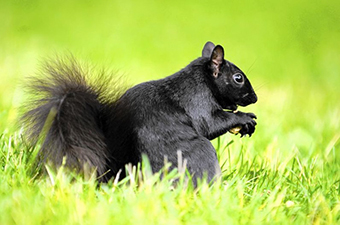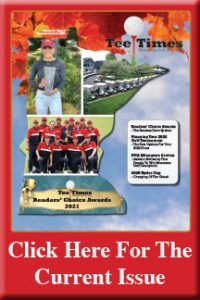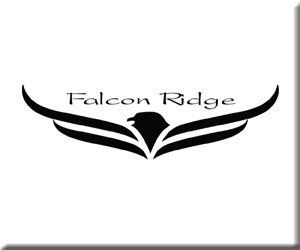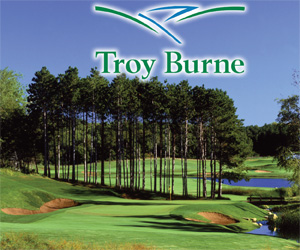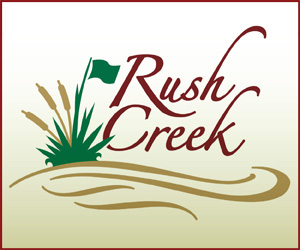Fall Golf
By R.J. Smiley
In late Fall with the leaves mostly on the ground, golfers who are in tune with Mother Nature notice the abundance of wildlife that share their golf course.
I love fall golf because most golfers have already packed up their clubs and joined the geese heading south in a modified V-formation. The courses are almost void of hackers, so golfers who brave the cool temperatures can enjoy the course at their own casual pace; and enjoy the critters that stay all winter.
During my last round of the year on an up north golf course, Mother Nature shared a potpourri of critters preparing for the winter wonderland and long winter slumber. Without the pressure of attempting to win a few more points on the Senior Tour or making a putt to win a $5 Nassau, with a few presses on the line, I took time to observe.
Squirrels seemed to be everywhere busily gathering acorns. As I watched, I noticed that most of the acorns were being buried in the still unfrozen turf. “The in-the-tree vaults containing the winter stash of food must be filled,” I thought. “How do they find the nuts buried under the snow on cold winter days?” Then I saw one – a black squirrel.
I had not seen a black squirrel for several years. I remember reading about the recessive color found in some grey squirrels. Unlike their human brothers the squirrels did not notice the difference.
With the deer in rut, I thought I might see a whitetail or two, but nothing like the chase that I witnessed. I was lost in the mental image of a shot that I was about to play when I heard a crashing sound. Still positioned over my shot, I turned my head to the right as a big doe broke out of the woods. I don’t have to explain to those of you who understand how fawns are made. Within seconds a huge buck with a magnificent rack burst through the timber never taking notice of me as he chased after his mate. “Reminded me of my younger days,” I thought, as I shanked my wedge shot. My face grew into a huge grin, “I love fall golf.”
On the pretty little par-3 over the water, I noticed a disturbance in the calm reflection of the brilliant blue sky. It was a muskrat swimming with a long piece of a cattail. As he approached the bank on the far side he slipped under the water along with lunch for a cold winter day.
By mid-round the sun was past the zenith and the day had warmed. As I walked past the trashcan near the tee, I noticed several honey bees crawling all over a Coke can. The flowers had long died but the bees were searching for the last of the sweet nectar found in the cans.
As I walked up onto the 17th green and leaned down to fix my ball mark I noticed a stick – no not a stick, it moved. I took a few steps and there was a young snake, no larger than a night crawler, catching a few sunrays to warm up. The cold-blooded reptile was not moving very fast and I doubted if it would make it through the afternoon. Crows and small hawks would love to have the two-bite snake snack.
When the young red fox trotting across the fairway saw me on the 18th tee he stopped for a minute. We just stared at each other. The lack of fear displayed by the fox pup led me to believe that he and his littermates had grown up around golfers all summer. Food for foxes is abundant around golf courses where gophers and rabbits share an easy life feeding on the fine grasses that golfers enjoy. The yearling fox finally trotted off un-hurried with his brilliant new winter coat in full display.
I had a flash of a coyote or was it a red fox catching mice that live under the snow. The canine predator turns its head and listens for the silent sounds made by a mouse. Then leaps into the air and berries its face in the snow and comes up with the mid-day snack. I wish I could show that red fox pup a video of his ancestors finding a meal in winter.
When I got home my wife asked, “How did you play?”
Absentmindedly I said, “I don’t remember, I am still wondering how that young fox is going to make it through the winter.”
“What did you say?”
“I love fall golf!”
